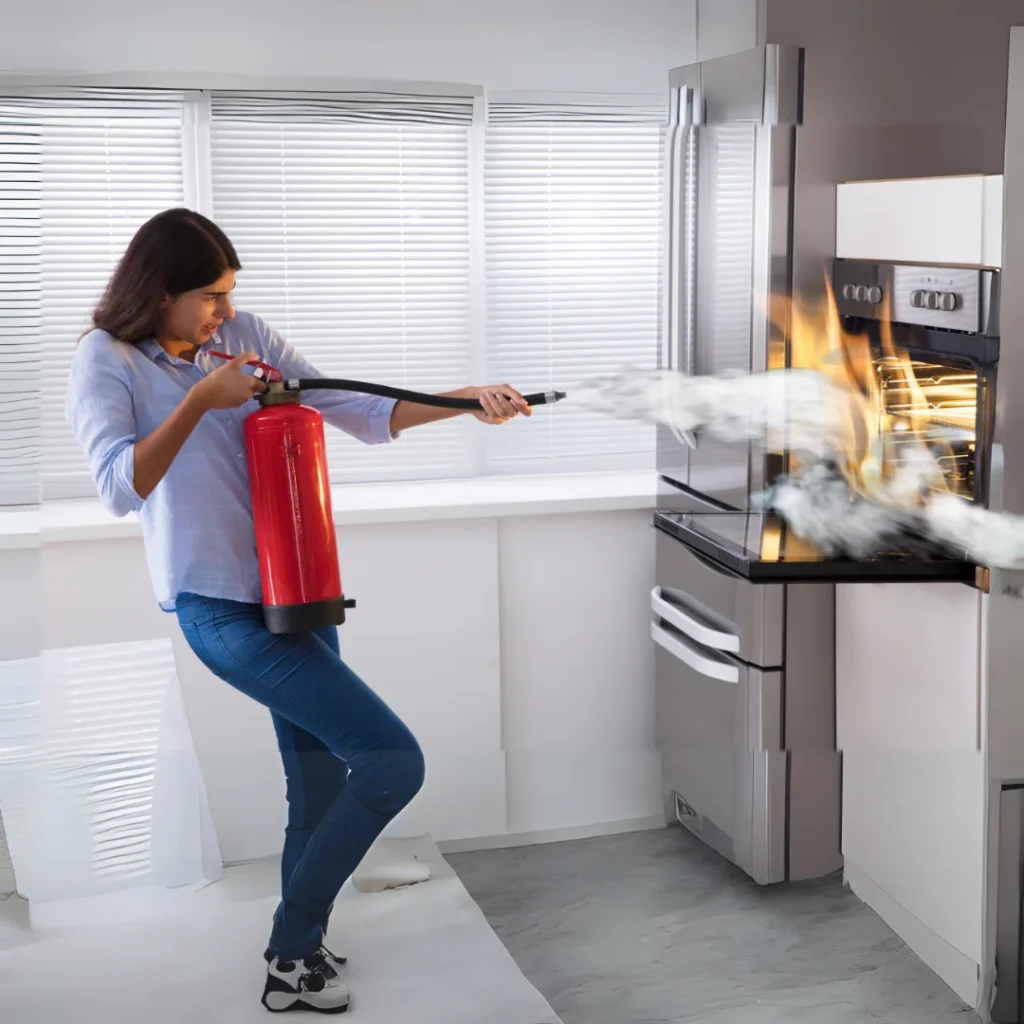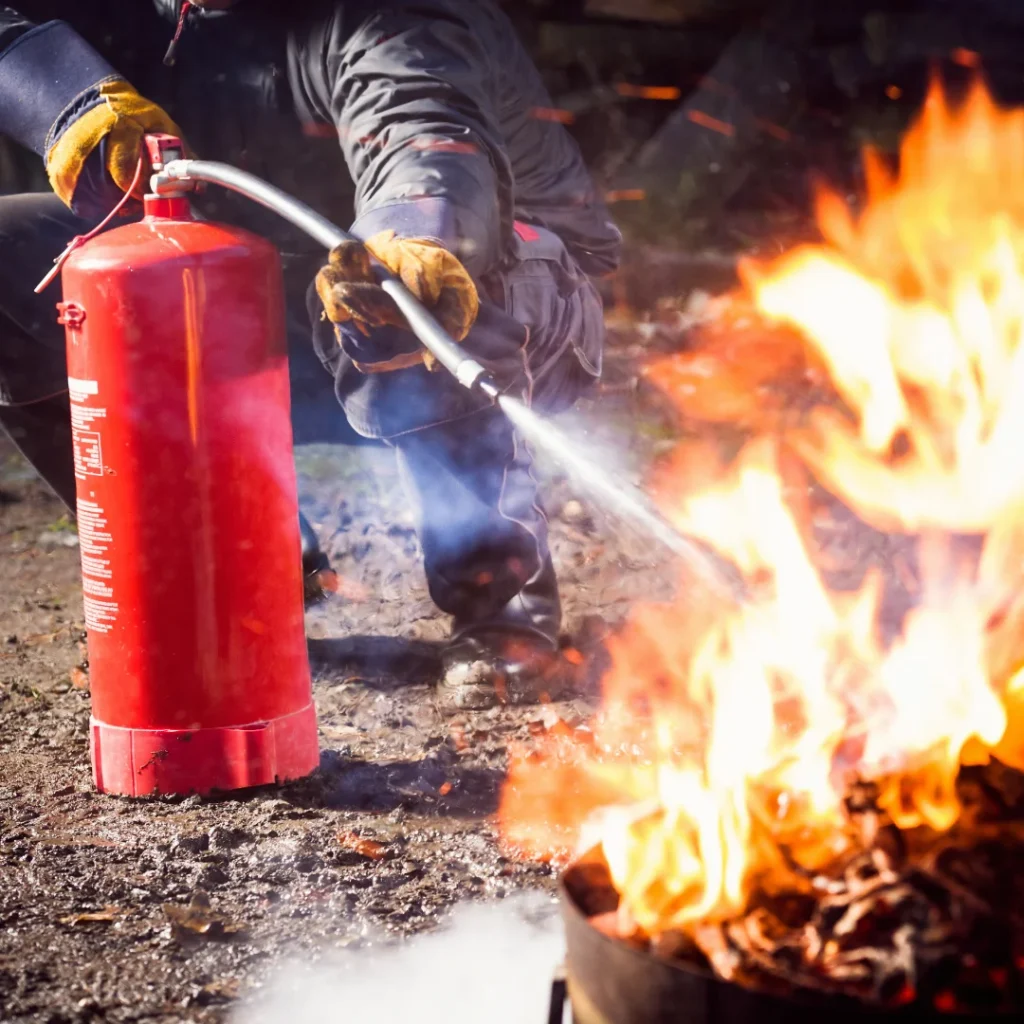Extinguishing Fire: A Comprehensive Guide
Introduction to Fire Extinguishing – Fire is a powerful element that can provide warmth and energy, but it can also become a destructive force if not controlled. Understanding how to extinguish fire effectively is crucial for safety in homes, workplaces, and public spaces. This guide covers various methods of extinguishing fire, the types of fire extinguishers available, and best practices for fire safety.
Understanding Fire

Before diving into extinguishing methods, it’s essential to understand the fire triangle: heat, fuel, and oxygen. Removing any one of these elements can effectively extinguish a fire.
- Heat: The temperature must be reduced below the ignition point.
- Fuel: Any combustible material that feeds the fire.
- Oxygen: Generally provided by the air around us.
Methods of Extinguishing Fire
There are several methods to extinguish a fire, each suitable for different types of fires:
- Cooling: Applying water or other cooling agents to lower the temperature of the burning material.
- Smothering: Removing oxygen by covering the fire with a blanket or using foam extinguishers.
- Starvation: Removing the fuel source from the fire’s vicinity.
- Chemical Suppression: Using chemical agents that interrupt the combustion process.
Types of Fire Extinguishers
Understanding different types of fire extinguishers is vital for effective firefighting:
- Water Extinguishers (Class A): Effective against ordinary combustibles like wood and paper.
- Foam Extinguishers (Class A and B): Suitable for flammable liquids and solids.
- Dry Powder Extinguishers (Class A, B, and C): Versatile for various fires including gas fires.
- Carbon Dioxide (CO2) Extinguishers (Class B and Electrical): Ideal for flammable liquids and electrical fires as they displace oxygen without leaving residue.
- Wet Chemical Extinguishers (Class F): Specifically designed for cooking oils and fats.
Best Practices for Fire Safety
To prevent fires from occurring in the first place, consider these best practices:
- Install Smoke Detectors: Ensure every level of your home has working smoke detectors.
- Create an Escape Plan: Have a clear plan for evacuating in case of a fire.
- Keep Fire Extinguishers Accessible: Place them in easily reachable locations and ensure everyone knows how to use them.
- Regular Maintenance: Check smoke detectors and extinguishers regularly to ensure they are functional.
Conclusion
Knowing how to extinguish fire effectively can save lives and property. By understanding the methods and tools available, as well as implementing safety practices, you can significantly reduce the risk of fire-related incidents. Always prioritize safety by being prepared and informed about fire hazards and prevention strategies.

